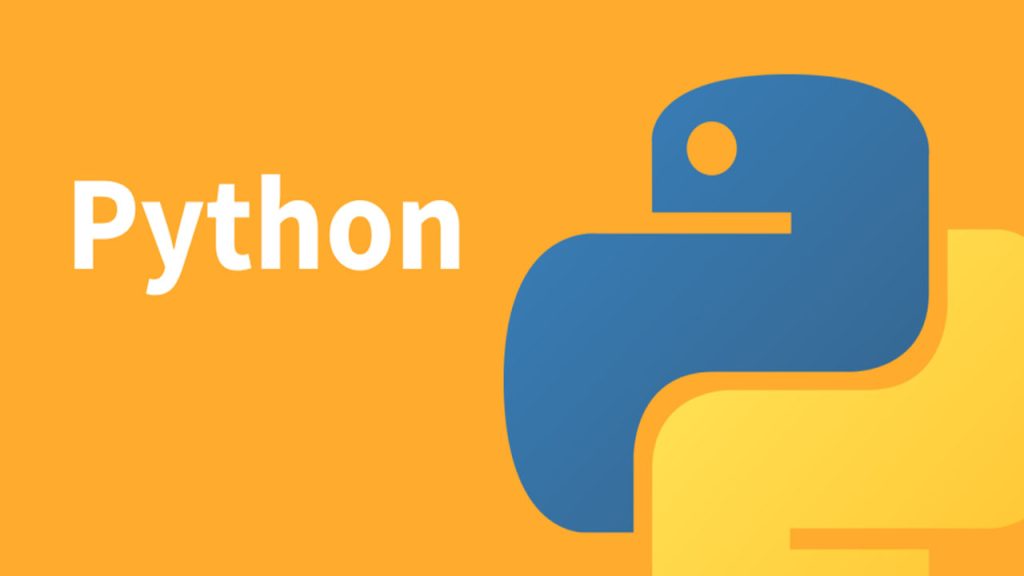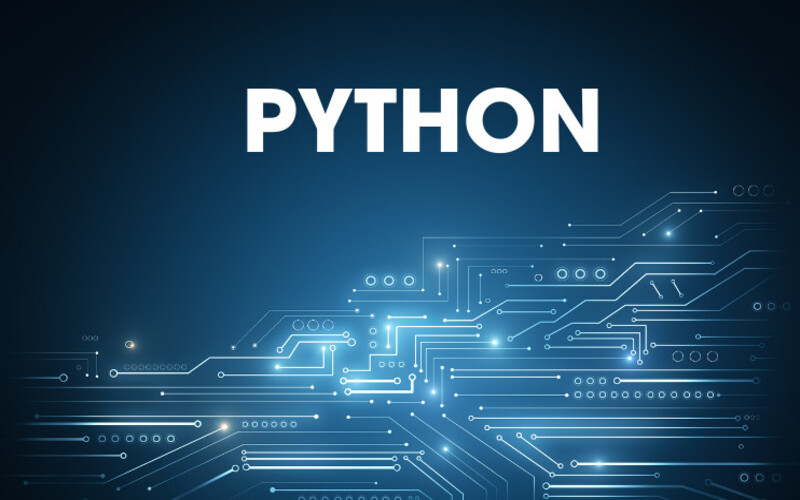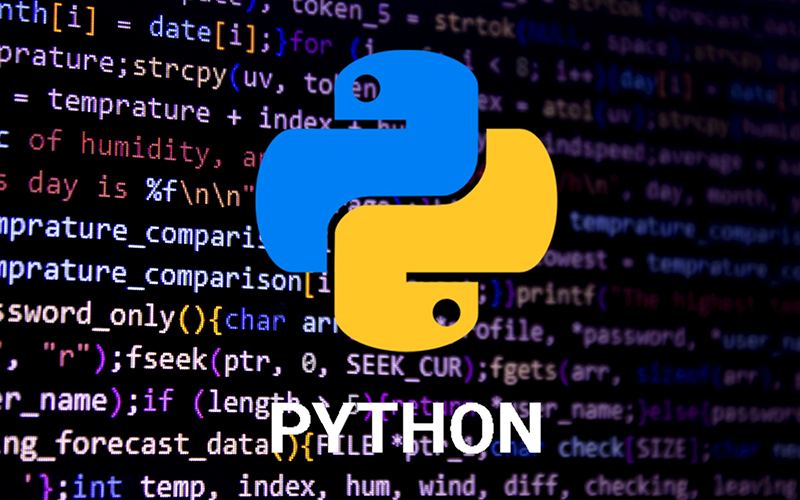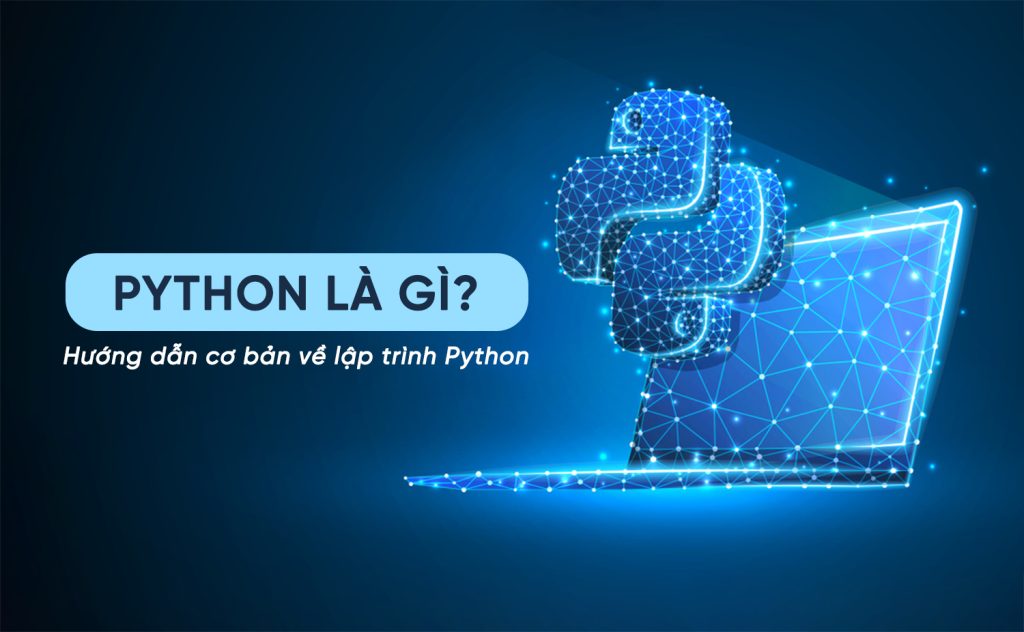Python is a popular and versatile programming language with simple syntax, making it ideal for beginners. It is used in various fields such as web development, data analysis, artificial intelligence (AI), and automation. In this article, we will explore its history, benefits, and disadvantages.
Introduction to Python
Python is a high-level, interpreted, and object-oriented programming language. It was created by Guido van Rossum, a Dutch computer scientist, in 1989 and released in February 1991. IT is similar to modern languages like JavaScript, but it is easier to learn compared to compiled languages like Java or C++. Its simplicity and versatility have made it one of the most popular programming languages in the world.
It is also an open-source language, meaning that its source code is freely available for anyone to use, modify, and distribute. This has contributed to its widespread adoption and has led to a strong community of developers constantly working to improve and expand its capabilities.

Overview of Python programming language
Components of Python
Comments
Comments are non-executable lines of code used to add notes, explanations, or reminders within a program. They are denoted by the symbol and are ignored by the interpreter. Comments can be used to make code more readable and easier to understand for other programmers.
Variables
Variables are used to store data values in a program. They act as containers for storing information that can be accessed and manipulated throughout the program. In Python, variables do not need to be declared with a specific data type, unlike other languages. The interpreter automatically assigns the appropriate data type based on the value assigned to the variable.
Values
Values refer to any data that can be assigned to a variable. They can be integers, strings, floats, or Boolean (True or False). Python allows for flexible usage of values, making it easier to work with different types of data.
Operators
Operators are symbols used to perform mathematical, logical, or comparison operations on the values assigned to variables. Examples of operators in Python include “+”, “-“, “*”, “/”, and “%”. They are essential in performing various calculations and manipulating data.
Keywords
Keywords, also known as reserved words, are predefined names in Python that have special meanings and cannot be used as variable names. Examples include “for”, “if”, “else”, and “def”. These keywords are an integral part of the language’s syntax and structure.
Delimiters
Delimiters are characters used to mark the beginning and end of a code block. In this programming language, indentation is used as a delimiter instead of curly braces or brackets, making the code more readable and cleaner. This also forces developers to write well-structured and organized code.
History of Python
Python was created by Guido van Rossum while working at Centrum Wiskunde & Informatica (CWI) in the Netherlands. He wanted to develop a new programming language with a simple syntax and powerful features. The name “Python” was inspired by the British comedy series “Monty Python’s Flying Circus”.
The initial version, 0.9.0, was released in February 1991, and it was widely adopted by the scientific community because of its simplicity and versatility. Python was first used for educational purposes, but its popularity grew rapidly, and it is now used in a wide range of applications.
Since its release, there have been many updates and improvements to the language, including the latest stable version 3.8.6, released in September 2020. The continuous development and support from the community have made Python one of the most widely used programming languages in the world.

The advantages of Python
Benefits of Python
Easy to learn
Python’s simple and intuitive syntax makes it easy for beginners to learn. Its indentation-based structure forces developers to write clean and organized code, making it easier to read and understand. Also, the availability of free online resources, tutorials, and active community support makes it a beginner-friendly language.
Versatile
This programming language is a versatile language that can be used for various software and platforms, including mobile apps, desktop software, and web applications. This versatility has contributed to its widespread adoption in different industries, such as finance, gaming, healthcare, and education.
Strong community
The open-source nature of this programming language has led to a strong and supportive community of developers. This community provides constant support, guidance, and resources for beginners, making it easier to learn and work with the language. The community also contributes to the development of new libraries and frameworks, expanding the capabilities of Python.
Practical
Python’s versatility and simplicity make it a practical choice for various applications. It is used in game development, mobile applications, software platforms, data analysis, AI, automation, and more. Its extensive use in real-world projects makes it a valuable skill to have in the job market.
Fast development
Python’s simple syntax and structure translate to quick coding speed. This means that developers can build applications faster compared to other languages, which require more lines of code to achieve the same result. This makes it an ideal choice for rapid prototyping and fast development.
Extensive libraries
Python has a vast collection of libraries and code samples available for reuse, making it easier and faster to develop complex applications. These libraries cover a wide range of areas, including data manipulation, scientific computing, web development, image processing, and AI. The availability of these libraries saves time and effort for developers, making it a popular choice for many projects.

The advantages of this programming language
Disadvantages of Python
Interpreted language
One of the main drawbacks of Python is that it is an interpreted language. This means that the code is executed line by line, which can be slower compared to compiled languages like C++ or Java. This may affect the performance of demanding applications, such as games or computationally heavy tasks.
Dynamic typing
Python is dynamically typed, meaning that variables do not need to be declared with a specific data type. While this makes coding easier and more flexible, it also means that the programmer is responsible for type checking. This can lead to errors in large programs and may require more testing and debugging.
Automatic memory management
This programming language uses automatic memory management, also known as garbage collection, to free up memory space used by objects that are no longer needed. While this makes coding easier, it can also consume more memory and reduce application performance in some cases. Developers need to be mindful of memory usage when building complex applications.
Conclusion
Python is a powerful and versatile programming language with a simple syntax, making it ideal for beginners. Its strong community, extensive libraries, and widespread use in various industries have made it one of the most popular languages in the world. However, it also has its drawbacks, such as being an interpreted language and reliance on dynamic typing. Overall, this programming language is a valuable skill to have in today’s tech-driven world, and its continuous development and improvement make it a language worth learning.


